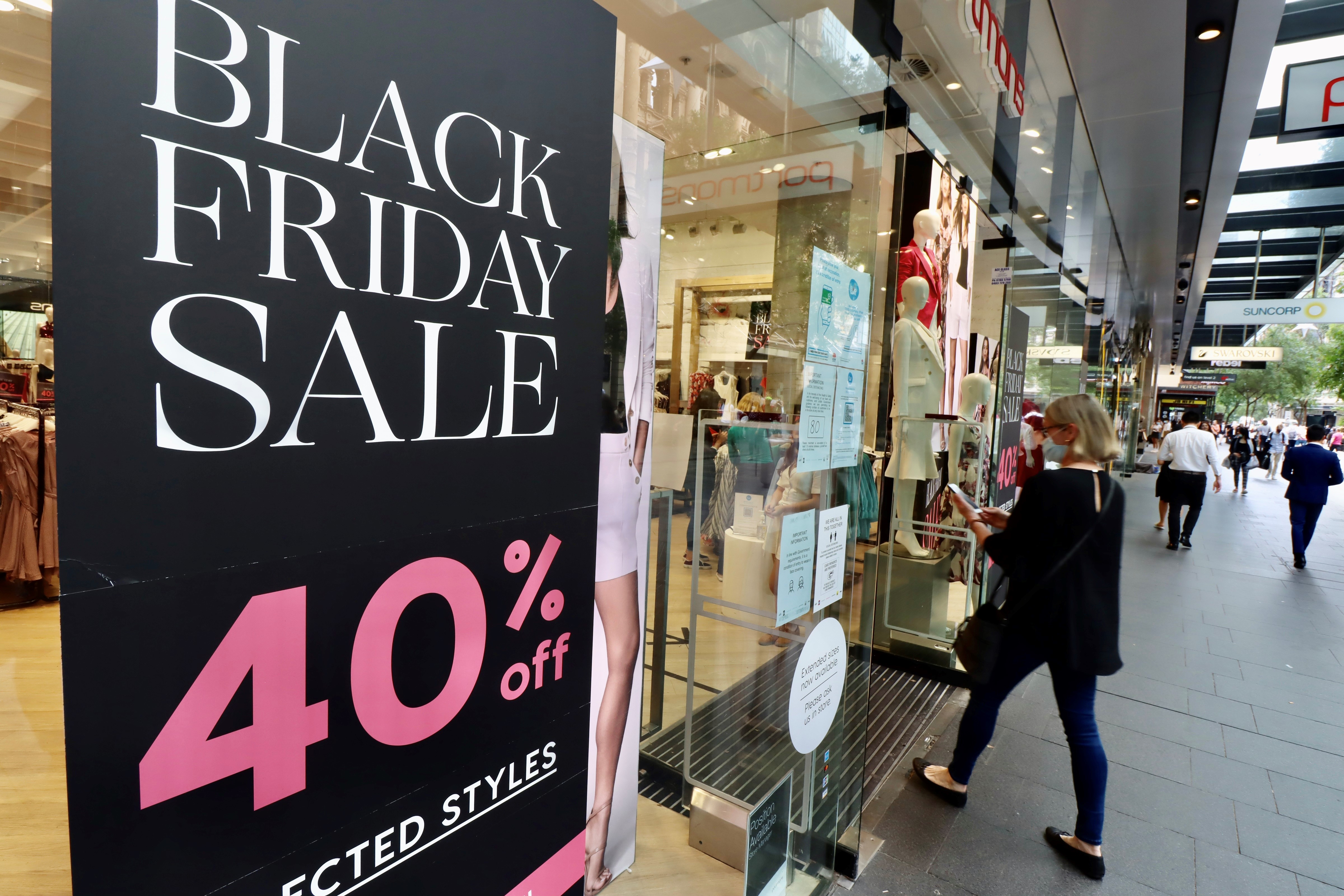Black Friday now beats Christmas — the new calendar of spending
Australian retailers expect record Black Friday spending as price-conscious consumers shift purchases into November to chase discounts, reshaping holiday retail timing amid persistent cost-of-living pressure.

Australian retailers are preparing for what could be the biggest Black Friday shopping event ever recorded in the country. Analysts expect spending to surpass the previous year’s record, driven by consumers who are highly price-sensitive and actively delaying purchases to seek discounts.
Over the past five years, Black Friday has overtaken Boxing Day as Australia’s most significant shopping event. The shift is structural, not temporary. According to Australia’s Bureau of Statistics, retail turnover increasingly spikes in November instead of December — an inversion of decades-long patterns. It indicates that consumers are no longer buying early; they are waiting for bargains.
The drivers of the surge are clear. Household budgets remain strained. While inflation has cooled from its peak, prices for essentials — rent, groceries, energy — remain elevated. Real wage growth has only recently begun to turn positive. Naturally, shoppers are strategic: Black Friday becomes an opportunity to stretch limited purchasing power.
Retailers have adjusted accordingly. Major chains now begin promotions weeks earlier, using extensive data analytics to personalise discount offers. Inventory cycles have changed too — many retailers import holiday stock earlier, anticipating November’s peak. For omnichannel players, the line between online and in-store continues to blur, with click-and-collect now embedded into peak trading.
However, record spending does not mean consumer strength. Rather, it suggests discount-dependence. Retail margins are being squeezed as stores compete aggressively to win cautious shoppers. There is also evidence of demand being “pulled forward.” When consumers load up in November, December sales weaken. This creates forecasting challenges and affects staffing and logistics.
The broader question is sustainability. If consumers need deep discounts before committing to discretionary spending, long-term revenue predictability becomes harder. Retailers with strong supply chain control can absorb this; smaller retailers risk being left behind.
Yet the growth of Black Friday indicates something deeper: the Australian consumer is becoming more financially sophisticated. They compare prices, track promotions, and time purchases — behaviour historically associated with U.S. and European shoppers.
Retailers entering 2026 face a clear reality: promotions are no longer a tactic, they are the business model.





